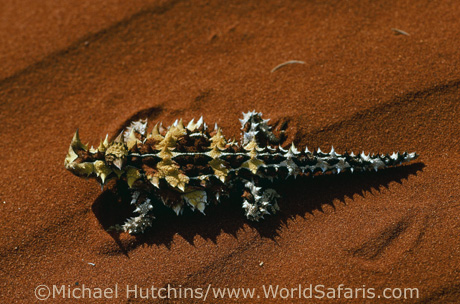
I am forever amazed at the incredible diversity of life on our planet, and Australia is one destination that can claim its fair share of unique wildlife and plants, a product of millions of years of isolation. I’ve been to the island continent 18 times, and spent over a year of my life there. This unique country has much to offer the wildlife enthusiast, but it’s important to remember that Australia is the size of the continental United States and cannot be seen or enjoyed in its entirety during a single trip. It is, in fact, best to choose a particular region and spend some quality time there, rather than do a quick, cursory tour of numerous locations over a short period of time. In spending quality time there, it is possible to have some incredible wildlife experiences. In particular, I love the vast arid regions of central Australia, perhaps most famous for Uluru, once known as Ayer’s Rock. This ancient geological wonder, which burns like red fire at sunset, lies at the center of a unique ecosystem filled with many natural wonders.
One of the most amazing denizens of the dry center is a unique lizard known as the thorny devil (Moloch horridus). With sharp projections covering its body, including two conspicuous horns on its head, and a thick, horny plate on the back of its neck, it resembles something out of a Japanese science fiction movie. The spines no doubt deter predators. However, with its cryptic coloration and behavior, the thorny devil is also difficult for predators to detect against the region’s iron-rich red sand. The animal walks in a slow jerky motions resembling that of a dried leaf blowing in the wind. It subsists exclusively on a diet of ants, which explains why it has seldom been keep in captivity. One of the species’ unique characteristics is the method by which it obtains water. The reptile’s skin collects moisture in the air, which is transported down minute channels to the corner of the mouth, where it can be ingested. The best way to find these unique reptiles is to look for their shadows on the side of the road while driving, but you can occasionally stumble upon them while hiking as well. They are completely harmless and do not bite when held. Let World Safaris and its in-country partner unlock the secrets of Australia’s natural wonders for you.
Michael Hutchins, Ph.D., Founding Partner and Director, Conservation and Science
Photos by M. Hutchins


Recent Comments